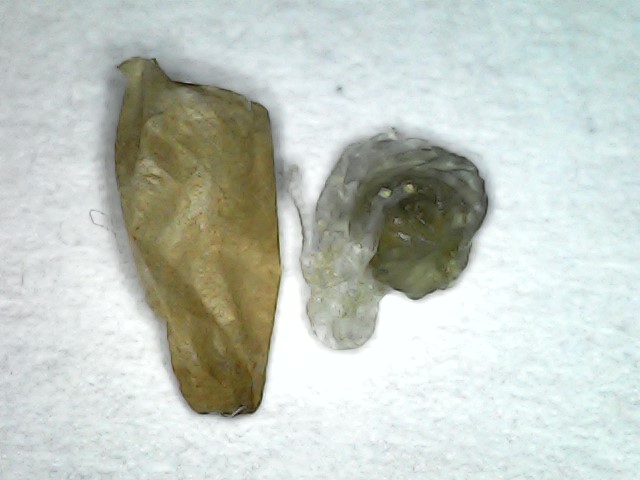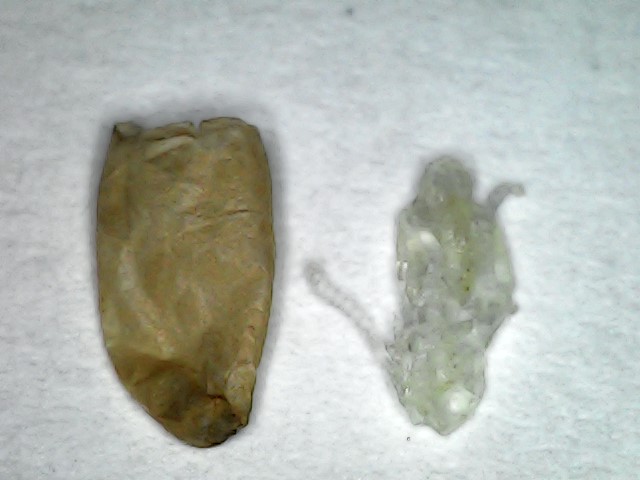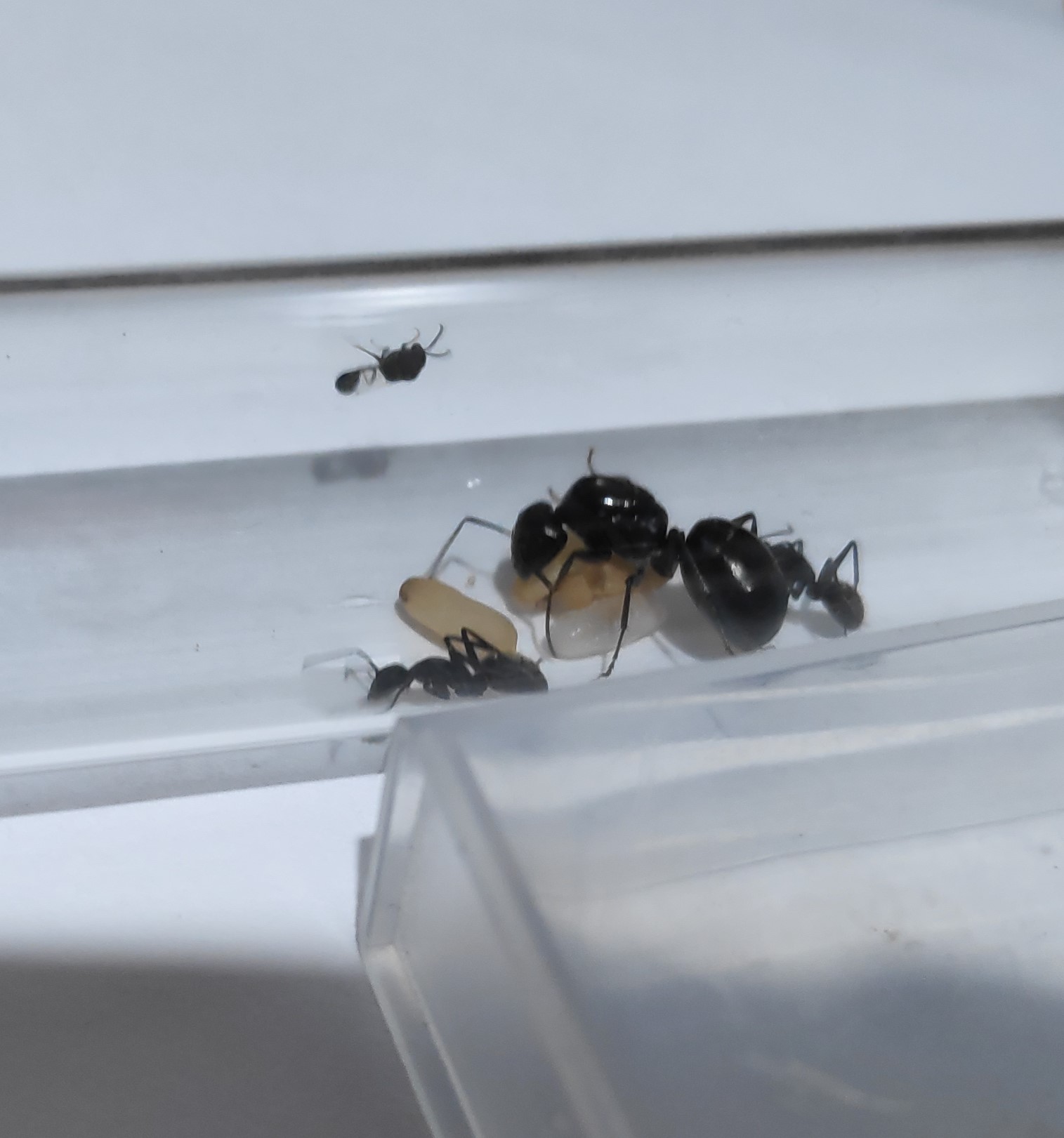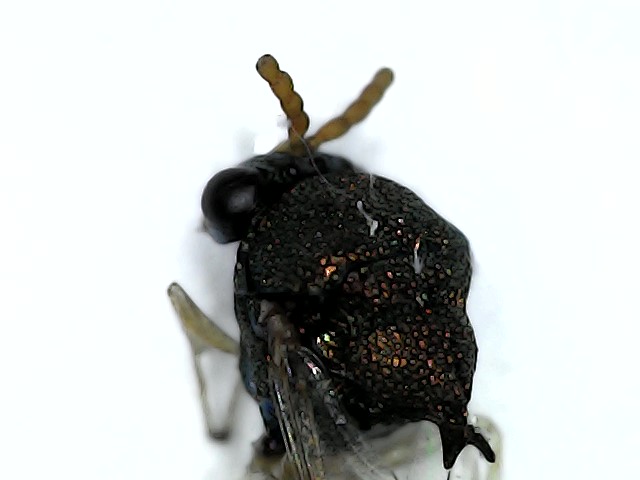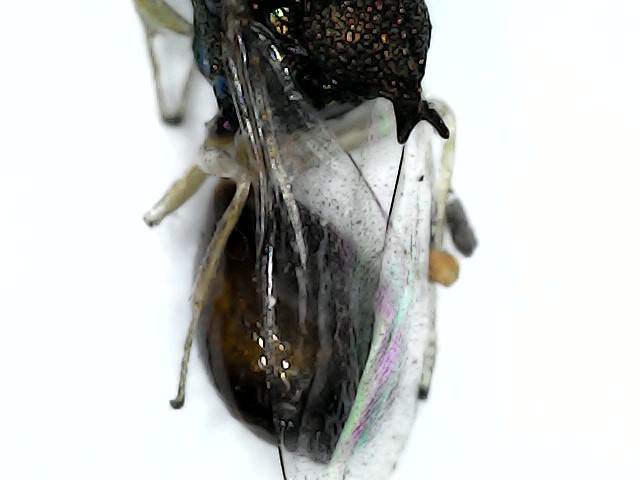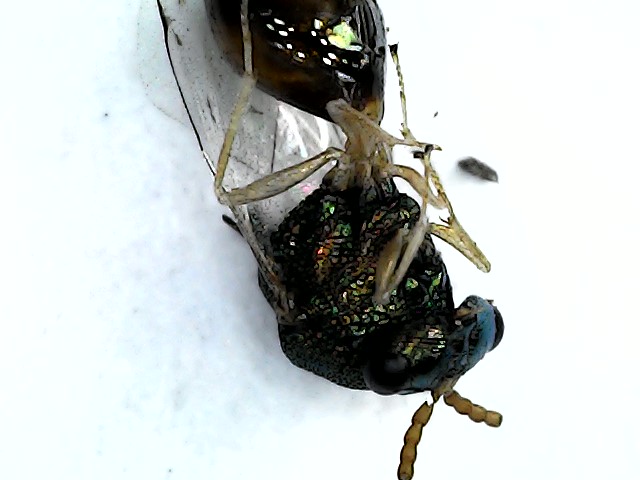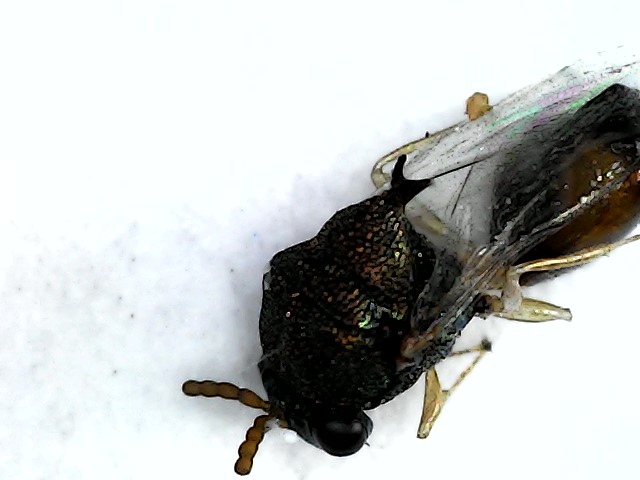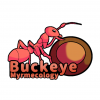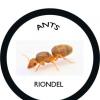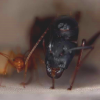Well... Just as the title says something interesting happened today. I was checking on and feeding my colony's and saw a little dead bug in the sand. I then found another one that was still alive.
I wondered how they got in and why. I put the bugs to the side to feed the rest of my ants. I did clean out a lot of the old sand in the tub to see if there was any more but didn't see any.
Later that day I was checking on my queens in test tubes when I saw the same bug! That's when I saw an opened cocoon. Top was off. (seen this outside when parasitic wasps take over another mud wasp nest.)
So I knew it came from inside the cocoon of the ant. I knew I brood boosted the queen with another colony's cocoons/brood from outside so understood why it was there.
Thing is, the bugs came from two different species of ants. One Camponotus Aeneopilosus and the other Polyrhachis vermiculosa. Showing its not only parasitic to one kind.
Some pictures I got are below. When disturbed the small wasp lays down and does nothing until it thinks its clear, it then goes back to running around. Ants seem undisturbed by it running around. I hope you enjoy the story of this little surprise.
This is what was left in the cocoon it came out from. Basically a semi-dried up pupa.
In the test tube with the Queen/workers and the ones I collected from the other colony. I can tell that the one that died is male and the one still alive is female. One in tube is male.
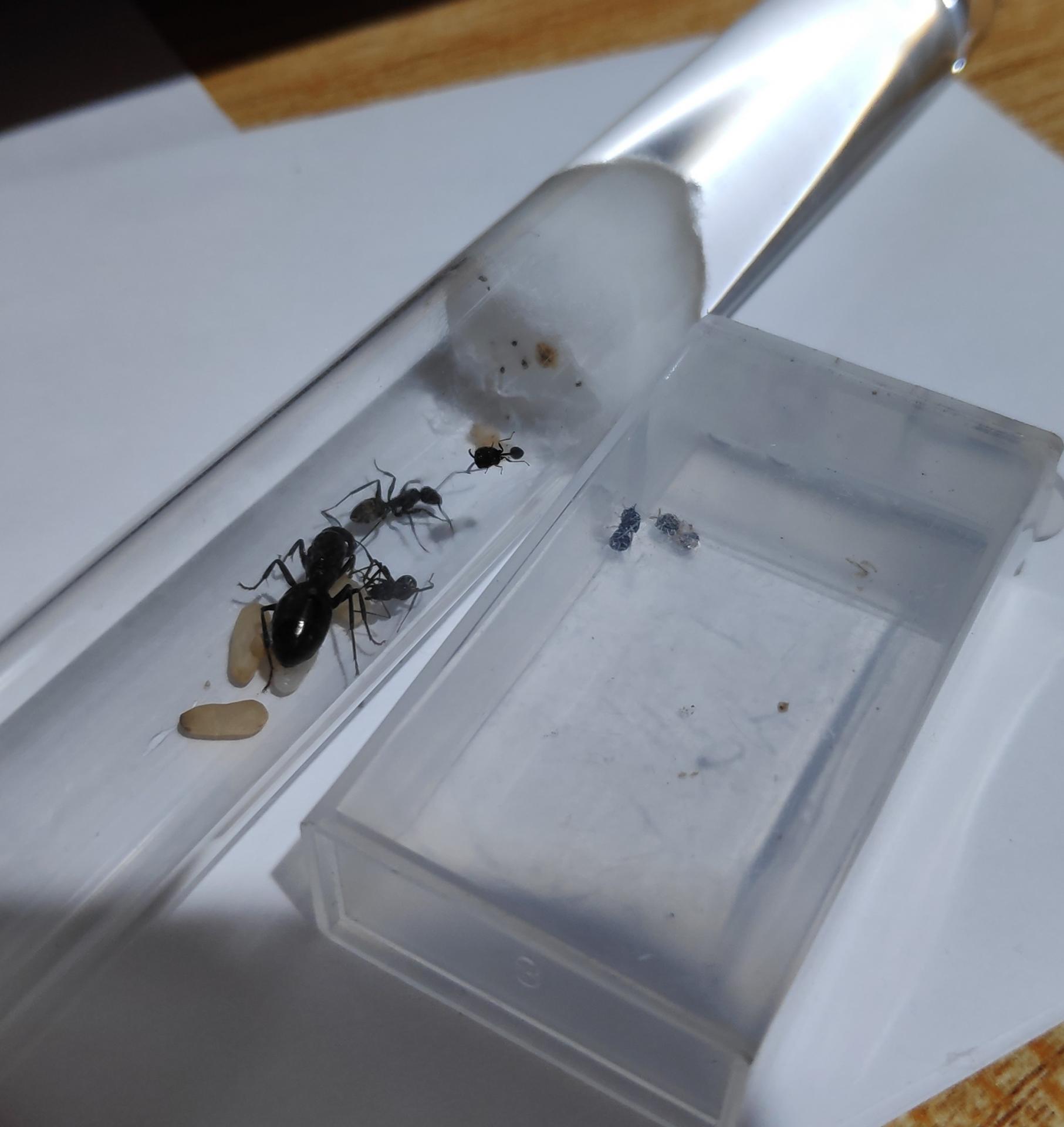
Close up of the dead one.




